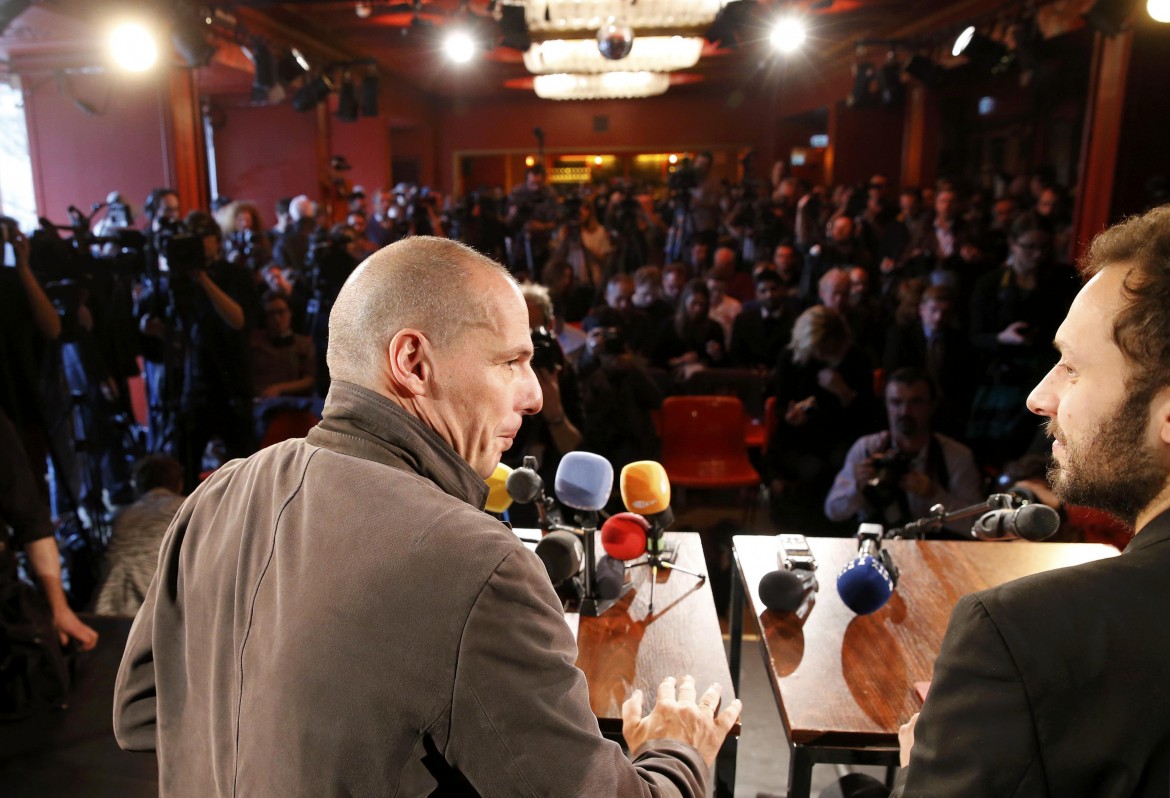https://youtu.be/uThSYlD2B4c
Think of John Ford meets Tarkovsky”, says Leonardo Di Caprio of The Revenant, and, yes, those are apt references for this “NorthWestern” which liberally mixes elegy and frontier archetype.
Other parrallels, plausible or overt, can be drawn between Alejandro González Iñiárritu’s revenge and survival story and the work of Terrence Malick’s (The New World), Sydney Pollack (Jeremiah Johnson) and Akira Kurosawa’s Dersu Uzala.
Revenant is also indebted to Werner Herzog in its theme of awesome and cruel nature underscoring the futility of man’s endeavors. The director in fact speaks of the untamed western frontier of the 1820’s as an “Amazon of its time”, and the hostile landscape which is the story’s backdrop is a frozen counterpart to Fiztcarraldo’s and Aguirre’s jungle.
Ostensibly the film is a retelling of the “true story” of Hugh Glass, a trapper who survived an ordeal in the western wilderness after being attacked by a grizzly and left for dead by his fellow pelt hunters in the Missouri wilds. Iñiárritu however is as interested in context as he is in the story.
“This happened in 1823 and in that time when Louisiana had been sold to the United States,” the director told us in Los Angeles. “Mexico had just come out the independence war against the Spanish so all the South was full of Mexicans and full of Spanish people who were living with English people and French people from Canada and hundreds and sometimes more native American tribes. So it was a very complicated melting pot of people living there without rules and without law and without ownership.”
Against this backdrop the pelt industry was an instance of early intensive exploitation of natural resource for the market, similar in scope and environmental impact to the contemporary whale oil industry. Trapping was also an example of early industrial exploitation of labor.
“Here is the beginning of capitalism,” adds Iñiárritu about the fur industry which preceded the gold rush and the mining boom that was to follow and shape the West. “They began to use forest and the animals and to consume elements and it was the conditions of all these trappers that was really tough and almost like slaves. They were paid really low fees and they really had to sign for the lives and everything they hunted was owned by the company and when they got their fees they were often less than what they had consumed in whiskey and food.”
The backdrop for Glass’s ordeal out of the heart of darkness is the dark side of manifest destiny in all its stark brutality. Much like the other bloody meta-western of the season, Tarantino’s The Hateful Eight (here in Italian), which infuses genre conventions with the post-civil war racial hatred so often removed from official foundational narratives, The Revenant is in part an origin story whose violence reflects and addresses historical context.
“This is about a time in American history when there was a massive influx of people wanting to extract these resources and these mountain men lived in the harshest conditions you can image,” says Di Caprio who sees the film partly as a relevant touchstone to the present.
“You can talk about the great gold rush, about whale oil, the coal rush and now about fracking. This was the beginning, the first time the Western world was exploited for its natural resources. We think we’ve evolved since that day and age when the indigenous populations lost their cultures and we committed genocide. This is an old story but its still duplicated all over the world where the industrial revolution and capitalism are still in play with same systems.”.
The film was shot in Canada and subsequently finished in Argentina where the crew had to relocate when an abnormally warm winter in the northern hemisphere thawed the snow necessary for filming.
“I also want to just say since we are talking about weather and this movie,” concludes Di Caprio who is well know for his climate activism. “This year is scheduled to be the hottest year in recorded history and (last) July was the hottest month since we have been taking temperatures. So there was a massive change. And I think it happened in Quentin Tarantino’s movie too and the ice is melting and what happened in this movie because we are dealing with global climate change and it’s runaway climate change and it’s happening three times faster than any scientist has every predicted, even a few years ago. So that was also a catalyst in all of this that the weather was so extreme, not only incredibly hot which melted all the ice and which meant if we were filming one day we would come back the next day and everything was gone. And that’s what climate change does and it’s massive weather extremes either way. So 2015 was the year that we saw the catastrophic and large scale weather changes in history and we are seeing the most insane weather patterns that I have ever seen in recorded history.”





